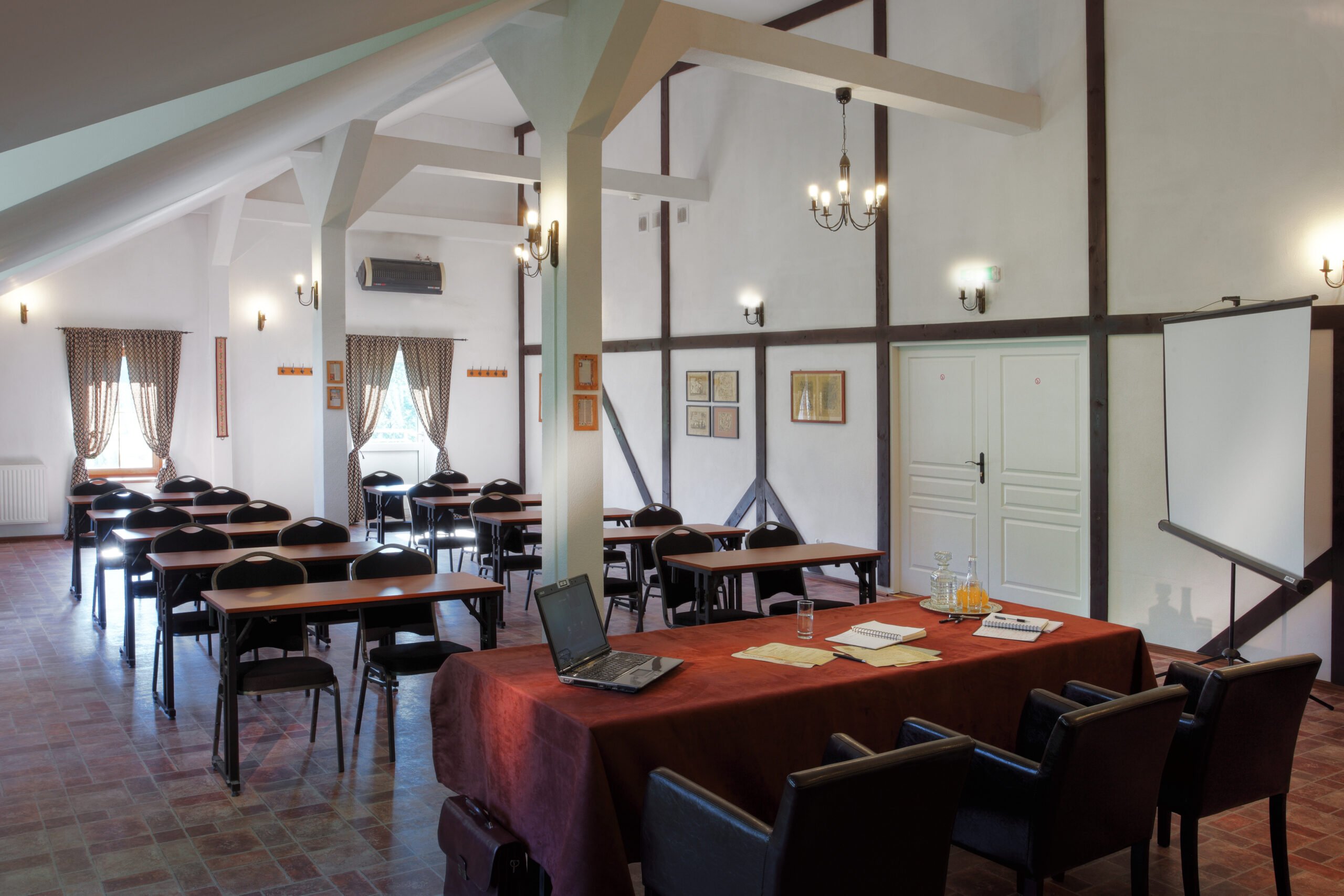Training for employees is an integral part of the operation of every company. It is a way to improve the functioning of a group of employees or present them with a new product. But how to organize a training that will bring the expected results? The key is to have a good plan! Here are 4 things to keep in mind when preparing such a meeting.
- How to organize a training that will bring results?
- Planning training for companies
- Training for companies – needs analysis is the basis
- Training for companies – types
- How to organize training with an expert?
- Choose the perfect place for company training
- Where to go for training?
- Organization of training step by step
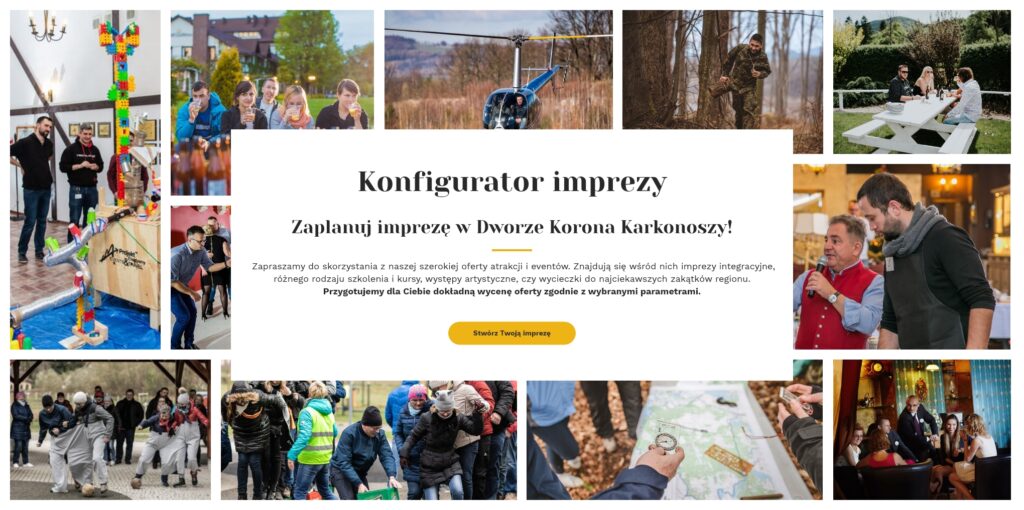
How to organize a training that will bring results?
For many entrepreneurs training they are the cure for everything. Properly selected training will perfectly introduce a new employee to his tasks or teach company crew members how to deal with stress. It is also a great way to increase motivation in the team or present products or services that will soon appear in the company's offer.
Planning training for companies
However, to training brought the expected results, it must be organized in a thoughtful way. The meeting must include the necessary materials for employees.
It is also worth making sure that each participant feels at ease and comfortable during the few hours spent in the training room. What else is worth remembering? And above all – where to start?

Training for companies – needs analysis is the basis
About how organize training, especially this decent one, you could write a book. On course and form company meeting Many different factors influence each other, which complement each other and make it effective and at the same time very pleasant.

However, before the training time comes, it is necessary to define why we want to organize it. The purpose of the training may be:
- introducing new products or services offered by the company to employees,
- introducing new team members to work,
- familiarizing employees with the new work system,
- solving company problems - such as a decrease in motivation, excessive stress or ineffective communication.
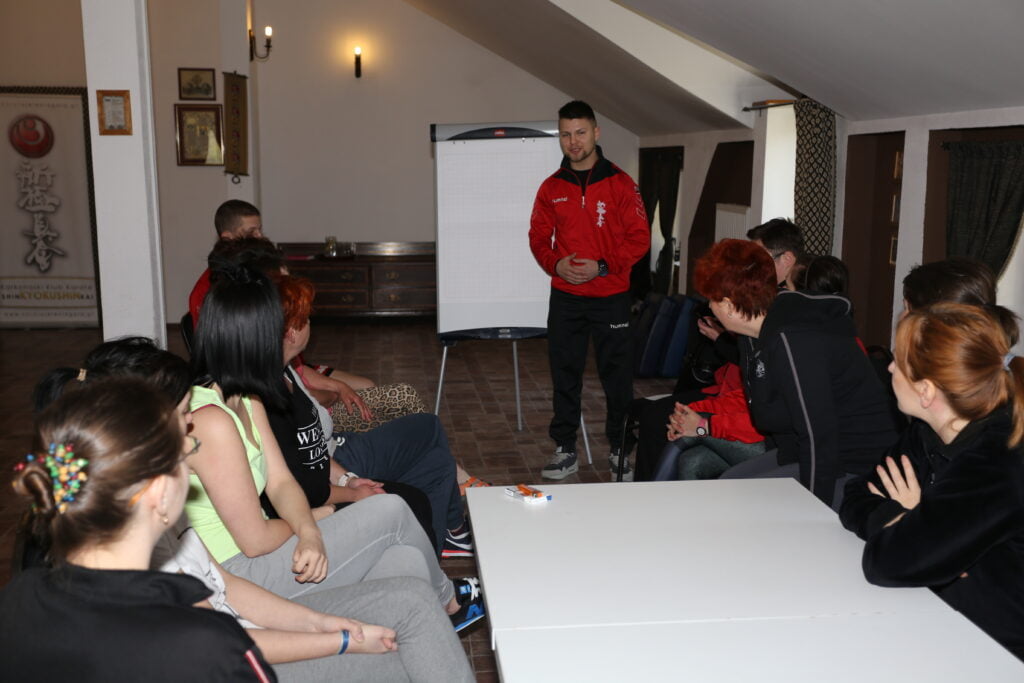
First of all, a detailed needs analysis must be carried out. How? Through observation and interviews. It is worth taking a closer look at the team's work. You need to check how individual members get along with each other, what their attitude is to their daily work duties, how they cope with stress, and how they behave in crisis situations. Observations should be complemented by interviews with employees. It is a good idea to organize a survey in which participants can anonymously present their opinions about the functioning of the team. A thorough analysis of the results obtained will allow you to maximally adjust the form and topic of the training to the current situation in the employee group.
Without training, employee effectiveness may decrease.
don't risk it!

Training for companies – types
Training for companies is a key element of staff development and achieving organizational goals. What types of training are there? Scheduled employee training should be tailored to the needs and goals of a specific company. Some popular types of training are presented below.
Vocational training
These are courses on specific job-related skills, such as technical or product training.
Personal development training
Such workshops focus on the development of soft skills, such as interpersonal communication, time management, leadership and conflict resolution.
How to organize training with an expert?
The next step is to find a person who will conduct the training in a professional manner. The best solution is to hire an expert whose competences and experience are confirmed by appropriate certificates.
The person conducting the training should properly prepare for the training. A detailed presentation that will be shown during the meeting may be very helpful. It is worth supplementing the meeting with special training materials for participants, which they will be able to return to at any time.

Managerial training
For management staff – human resources management, project management or change management.
Sales training
Developing sales, negotiation, customer service skills and creating sales strategies.
Team training i team building
Activities aimed at team building, improving group communication and increasing the effectiveness of cooperation. These may include board game tournaments, escape room, construction Goldberg machines, or outdoor activities, for example treasure hunt in the mountains.
Technology training
Training meetings related to new technologies, software or tools specific to a given industry.
Occupational health and safety training
Events on workplace safety rules, emergency procedures and maintaining a healthy lifestyle at work.
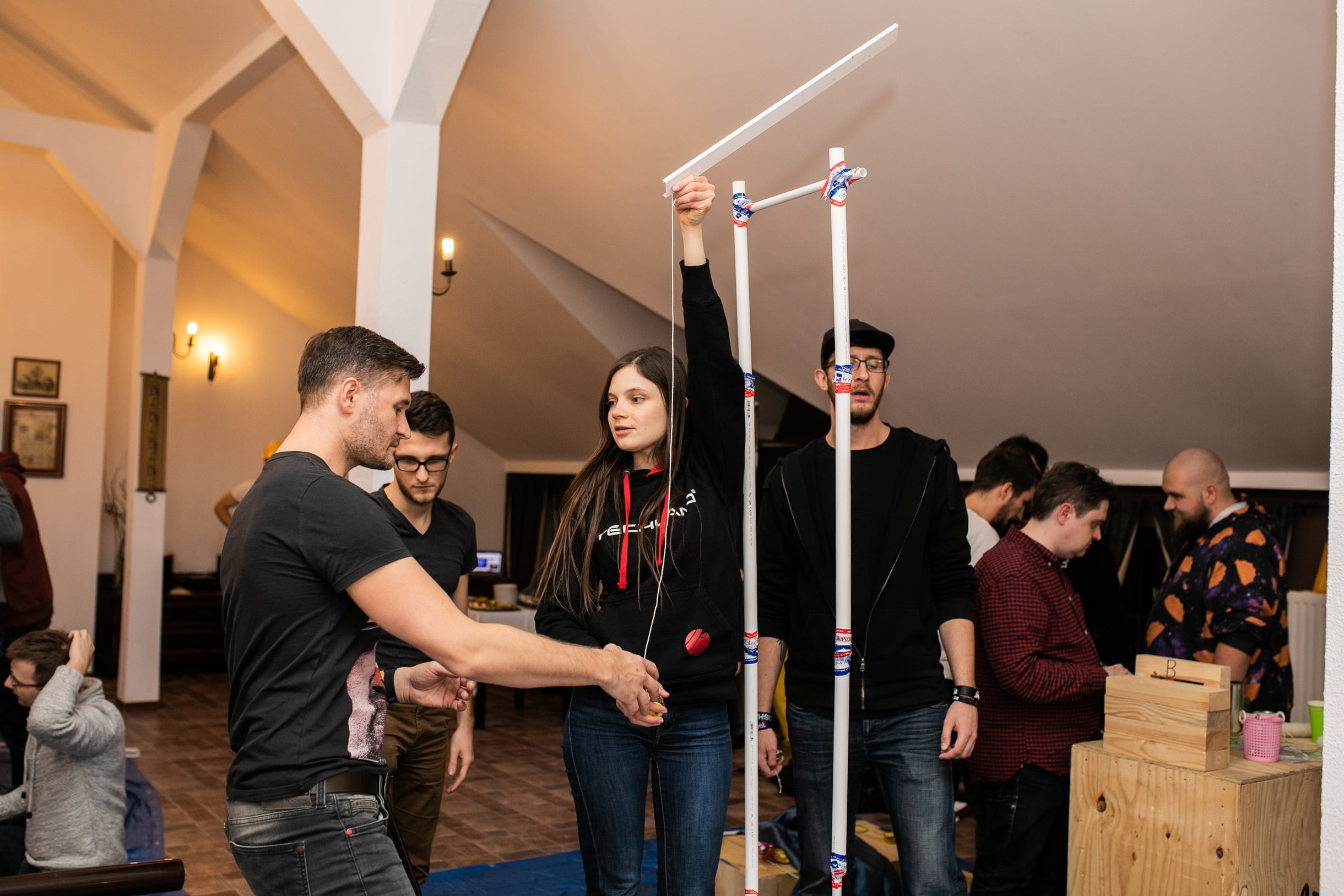
Cultural training
Helping employees understand and adapt to cultural differences in the workplace, increasing awareness of diversity.
Work-life balance training
Helping employees manage time effectively, cope with stress and achieve work-life balance.
CSR training
Meetings devoted to sustainable development practices and corporate social responsibility.
Cybersecurity training
Nowadays, cybersecurity training is extremely important. These include recognizing threats, using technology safely, etc. Online training can be organized on this topic.

Before starting training, it is important to thoroughly understand the needs of the company and employees. The preparation of a training plan should be based on the analysis of these needs, and the effectiveness of the training should be regularly monitored and assessed.
Choose the perfect place for company training
It is also not without significance placewhere the training will take place. You can use a large room at the company's headquarters for this purpose. However, a better solution is to move the meeting to a neutral ground, for example hotel conference room. How to organize such a meeting?
First of all, you need to find the right facility. A recreation center located in a quiet area, for example in... picturesque Karkonosze Mountains. The nature surrounding the facility promotes concentration and productivity. It also stimulates imagination and creativity.
Conference rooms in such places are usually adapted to conduct a variety of company meetings. The professional facility will offer clients an air-conditioned room equipped with comfortable furniture, equipment and all necessary accessories.
Where to go for training?
The room in which the training will take place must be adapted to the number of participants. Every person should feel at ease and comfortable during the few hours spent indoors. The training can also be organized outdoors. An open-air training room will surely arouse employee enthusiasm!
It offers a suitable facility for both outdoor training and conference rooms The Crown of the Karkonosze Manor in Sosnowka near Karpacz. And after the training? Integration at bonfire or barbecue, treasure hunting in the mountains, beer tasting crafting or solving criminal puzzle. This way we will combine business with pleasure.

Organization of training step by step
Organizing a successful training course requires careful planning and coordinated work. The process of organizing training consists of several stages.
Step 1. Defining training goals. This will allow you to adapt the training content to your individual needs.
Step 2. Target group analysis. Materials and methods should be adapted to the level of knowledge and skills of the participants.

Step 3. Selecting training methods. Decide what teaching methods will best suit your target group. Will they be presentations, workshops, simulation games or case studies?
Step 4. Selection places. Deciding whether to rent conference facility whether to use your own space depends on many factors. Such as the number of participants and the availability of equipment.
Step 5. Developing a schedule. Create detailed training plan, including time for breaks, group discussions and practical exercises.
Organization of company training?

Step 6. Selecting an instructor. Decide who will conduct the training. Choose someone with experience in a given field and teaching skills.
Step 7. Development of training materials. Prepare understandable and attractive training materials.
Step 8. Registration and logistics. Provide a participant registration system and take care of logistics, such as providing training materials, ID badges, food e.t.c.
Step 9. Communication before training. Inform participants about the date, place and training goals. Send reminders before meeting.
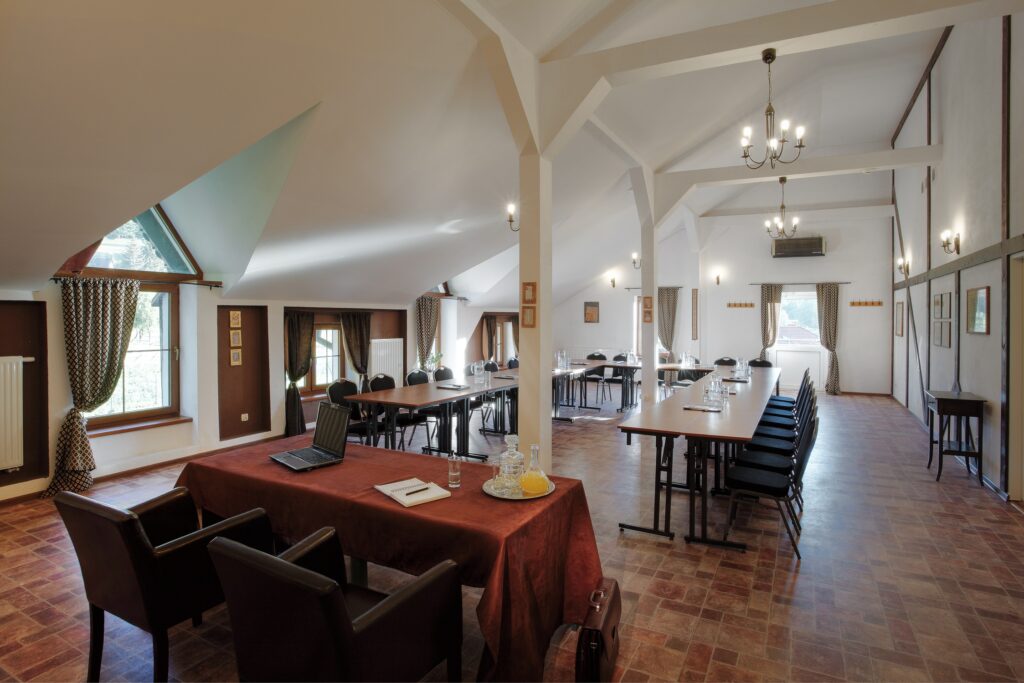
Step 10. Conducting training. Make sure the training runs smoothly. Remember engaging teaching methods.
Step 11. Training evaluation. Conduct an assessment of its effectiveness. The information collected can help improve future training.
Step 12. Sharing materials after training. This will allow participants to consolidate their acquired knowledge.

Step 13. Monitoring. Track participants' progress after training and offer support.
Step 14. Analysis. Prepare a report analyzing the effectiveness of the training. Identify strengths and areas for improvement.
Remember that a key element of successful training is flexibility, understood as the ability to adapt to the needs of the target group. Openness to participants' feedback is key to improving future training activities.
Frequently Asked Questions
Training for companies in the mountains?
Organizing training for companies in the mountains can be a fascinating experience, combining professional development with adventure and the beauty of the mountain surroundings. Planned employee training can be supplemented with numerous attractions - a mountain rally, survival, a visit to a rope park. Participants will have the opportunity to focus on professional development while enjoying the beauty of nature. And at the same time, in a less formal atmosphere, they will build team skills. Team building in the mountains will not only strengthen relationships within the team, but will also provide positive emotions. Workshops on a healthy lifestyle - proper nutrition, physical activity and relaxation techniques - can be offered as training attractions. When organizing company training in the mountains, it is worth taking advantage of the surroundings. Organize workshops or training sessions in an open space. Outdoor training and then mountain attractions - it will definitely be effective training. You can do it at Dwór Korona Karkonoszy in Sosnówka near Karpacz.
What should good training include?
Good training should be organized in an effective and interactive way. The training plan should be adapted to the needs of the participants. Here are some key elements that should be included in a good training session: A clearly defined training objective is key. The form of training should be adapted to the level of knowledge and skills of the participants. Including interactive elements such as group discussions, case studies, simulation games and practical exercises help participants better acquire knowledge and skills. Examples related to real situations in the industry help you see the practical application of the acquired knowledge. Clear, transparent and concise training materials facilitate the absorption of information. The instructor should be well prepared and have the ability to conduct training in a way that engages participants. Practical exercises help you apply the acquired knowledge in practice. This also allows you to verify your understanding and skills. Good training usually ends with the awarding of certificates or certificates that confirm the completion of the course. However, gaining knowledge is only the first step. It is crucial that the training provides tools and skills that participants can put into practice to make positive changes in their work.
